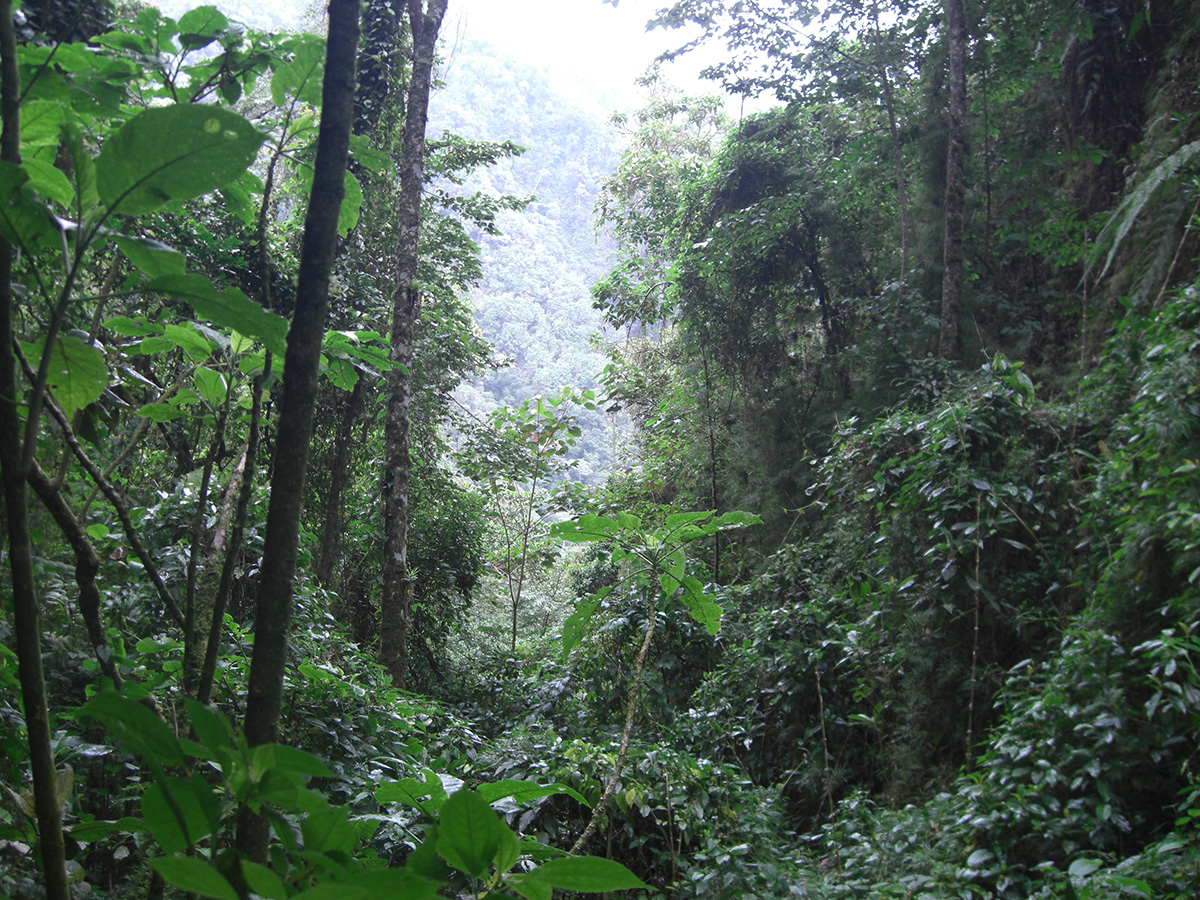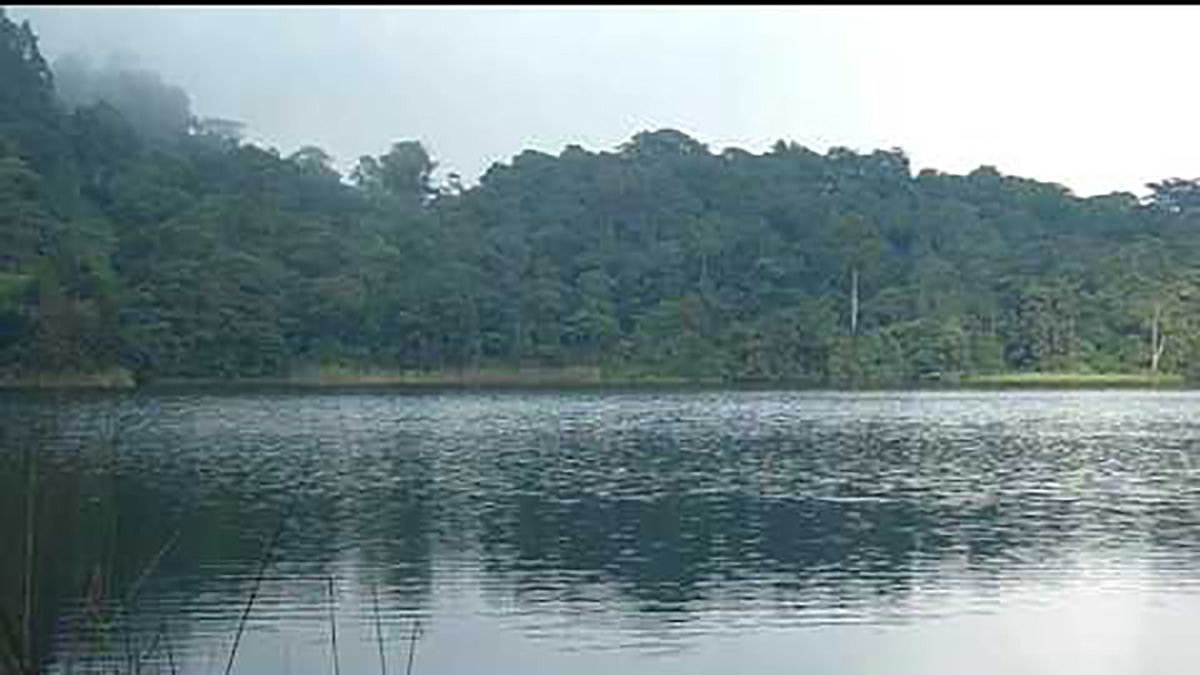By changing leaves rapidly, the plants of the first group produce a great deal of nutrients and fruits which favor animal life, the soil, and other organisms, besides contributing to recovering natural springs.
Furthermore, trees that produce shadow prevent water evaporation (although they are prone to receive less water) and are also nesting sites for birds.
As determined by a research project of Universidad Nacional de Colombia (UNal) Department of Biology Sciences-Biology master"s candidate Juliana Ruiz Molina, and Professor Jesús Orlando Vargas.
The researchers studied 9 natural springs and characterized 30 common plants of the area. They also designed strategies to link them to specific environments for the purpose of remedying the damages present.
The studied species belong to 15 families including the Piperaceae and Solanaceae families. The most common species is Xanthosoma sp. with 75 records, followed by Hedyosmum bonplandianum with 53 and Piper hispidum with 38.
A novel approach
"The methodology is based on what we call "functional ecology." This is a different approach which hopes to understand the relationships between species characteristics depending on its environmental needs and requirements," said Ruiz.
The researchers analyzed the weight and area of the leaves and determined why these variables determine plant growth. After they assessed the reproductive properties and the form or architecture of the vegetation.
They also analyzed the relationship between plant life and water of their fog forest ecosystem, in other words, leaf water retention, trichome density, and angle water drops slide over the leaf. In the face of this last analysis, the researchers discovered many different properties making it impossible to establish a strategy to group the plants in an environment.
The study zone included a micro-basin of the Pedro Palo lagoon and its surroundings near the municipalities of Tena, Bojacá, and La Mesa, in the Province of Cundinamarca, between 2,070 and 2,400 meters above sea level.
It is important to remember that 31% of the inhabitants of Colombia depend on the water coming from natural parks, which include fog forests.
 Correo Electrónico
Correo Electrónico
 DNINFOA - SIA
DNINFOA - SIA
 Bibliotecas
Bibliotecas
 Convocatorias
Convocatorias
 Identidad UNAL
Identidad UNAL







